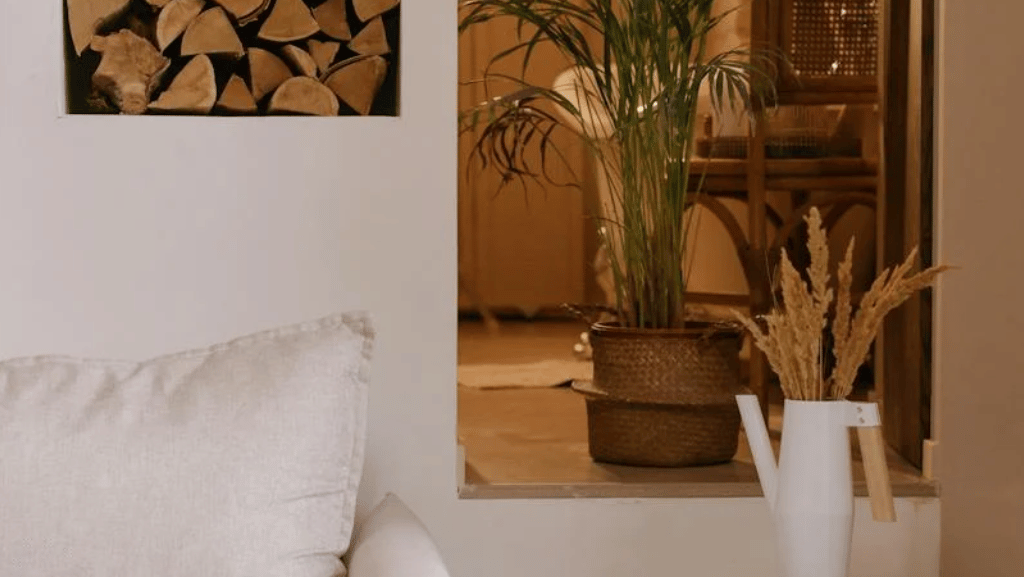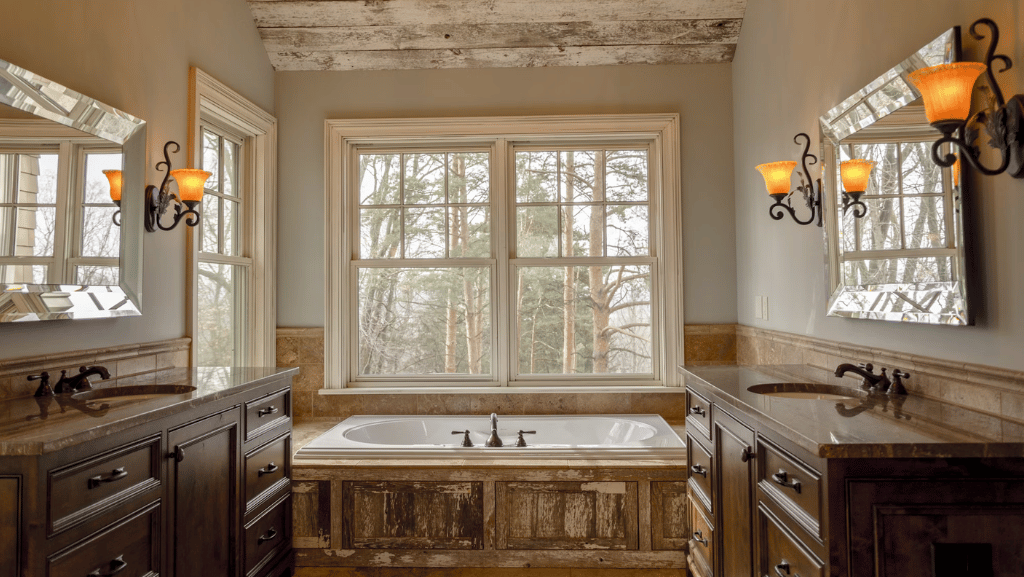Creating an eco-friendly home is a priority for many individuals today. Homeowners and builders are aware of their environmental footprint and the long-lasting effects of using traditional materials. With sustainability in mind, selecting the right materials can impact the energy efficiency and ecological viability of your home.
Embracing sustainable materials mitigates environmental degradation and promotes health and comfort indoors. An abundance of options is available that cater to aesthetics and durability while adhering to eco-friendly standards. Read on to learn more!
Why Choose Sustainable Materials for Your Home?
Opting for sustainable materials provides numerous advantages, both for the environment and for the homeowner. Environmentally friendly materials minimize resource consumption and reduce waste that ends up in landfills. They come from renewable sources, which means less strain on natural resources and ecosystems.
Sustainable materials can improve the value of your home. For prospective buyers, a property built with eco-friendly materials signifies lower utility costs due to energy efficiency. Over time, these homes require less maintenance, thanks to durable and high-quality sustainable options. When combined with energy-efficient designs, sustainable materials can also improve air quality indoors. Beyond economic savings, choose sustainable materials to reflect a commitment to responsible stewardship of our planet and promote a healthier environment for future generations.
Types of Sustainable Materials to Consider
Several types of sustainable materials can be utilized in various aspects of home construction and renovation. Wood is a classic choice, so you want to source it from sustainable suppliers like Olamagri wood range, knowing that it has been responsibly harvested. Metal materials, aluminum and steel, can also be recycled indefinitely without losing quality, an excellent option for roofing and siding.
Insulation made from recycled denim or cellulose can regulate temperature without harmful chemicals. Natural stone is another fantastic option: it’s durable, non-toxic, and adds aesthetic appeal. Eco-friendly concrete tiles and paints can complete the look and provide vibrant colors. Homeowners should do their research and ensure that these materials come from reliable sources and that they are sustainably manufactured.
The Importance of Renewable Resources
Renewable resources form the backbone of sustainable building materials. Unlike fossil fuels and non-renewable minerals, renewable resources can regenerate naturally over a short period. Wood is a prominent example; when sourced responsibly from managed forests, it thrives as a sustainable material. Many companies specialize in forestry management and only cut trees designated for harvesting.
Bamboo grows rapidly and matures in just three to five years. Bamboo is known for its strength and unique aesthetic, popular among homeowners and designers alike. Alongside bamboo and managed timber, alternatives like recycled steel and reclaimed stone also promote a resource-efficient construction practice.
Challenges in Sourcing Sustainable Materials
Sustainable building practices are growing in popularity, but there are many challenges when sourcing these materials. Availability can pose major issues, as some sustainable products may not be readily accessible in all areas. Certain types of reclaimed wood or local stone might be limited regionally, leading to higher costs or longer delivery times.
The confusion surrounding certifications can impede homeowners’ efforts. Know which certifications assure eco-friendliness and which are merely marketing tools. Look for labels like Forest Stewardship Council (FSC) or LEED certification to verify sustainability claims. Price can also be a deterrent; sustainable materials may seem more expensive than their conventional counterparts. The good news is that the initial investment will transform into long-term savings and reduced maintenance costs.
Innovative Sustainable Design Practices
The integration of sustainability into home design goes beyond merely selecting materials. Innovative practices in sustainable design are transformative, impacting the entire construction process. Passive solar design leverages sun exposure effectively to maintain comfortable interior temperatures and minimize energy consumption. This method takes advantage of natural light and wind patterns, reducing reliance on artificial lighting and heating.
Rainwater harvesting systems can also be incorporated into home design. These systems collect rainwater for irrigation and toilet flushing. Such techniques highlight the growing trend where aesthetic appeal and ecologically friendly practices converge. With these progressive solutions, homeowners can create environments that inspire and remain energy-efficient and cost-effective.
Projected Trends in Sustainable Building
Looking ahead, sustainable building is positioned to evolve continuously as technology advances. The use of 3D printing in construction is gaining traction and allows for materials to be used more efficiently, reducing waste. Experts forecast an increase in green certification programs that provide clearer guidelines and more stringent criteria.
The integration of smart technology in home design is another key trend. Smart home systems optimize energy use, making homes more sustainable and adaptable to individual needs. An increased focus on local sourcing will benefit communities economically, as more builders partner with local suppliers and craftspeople. The construction industry will witness a broader embrace of innovative solutions that prioritize sustainability both ethically and economically, leading to a more conscientious approach to design and building.

Sustainable materials create homes that respect the environment and promote a healthy living space. By choosing wisely and considering both quality and sustainability, homeowners can contribute to a greener future. The shift towards eco-friendly choices reflects a growing awareness of our responsibility in the fight against climate change.




